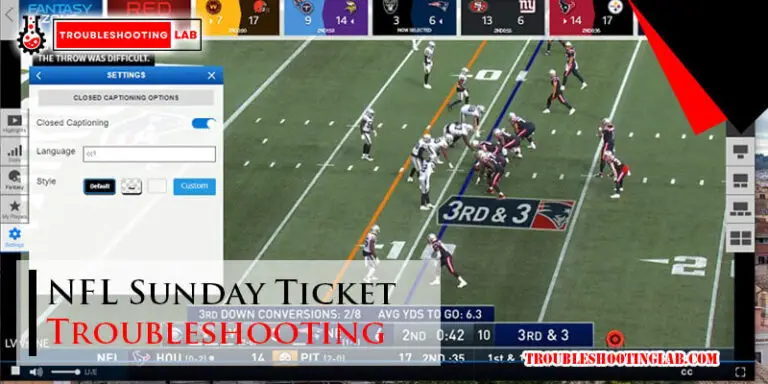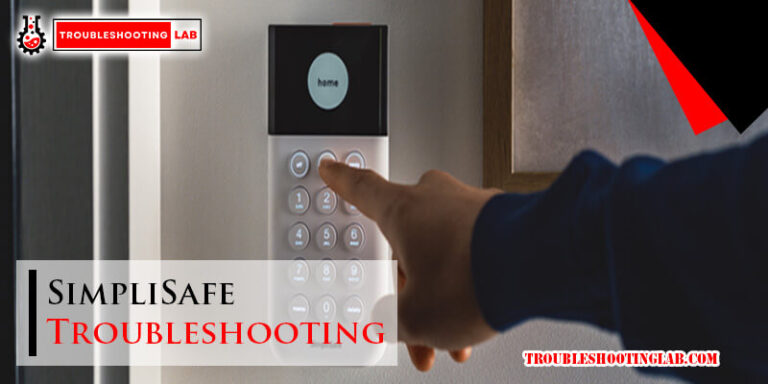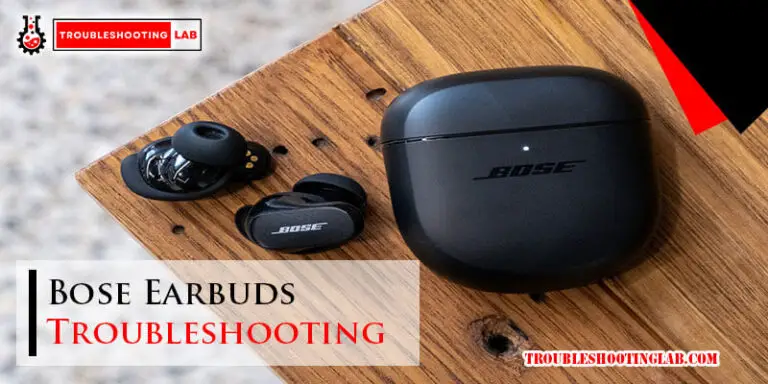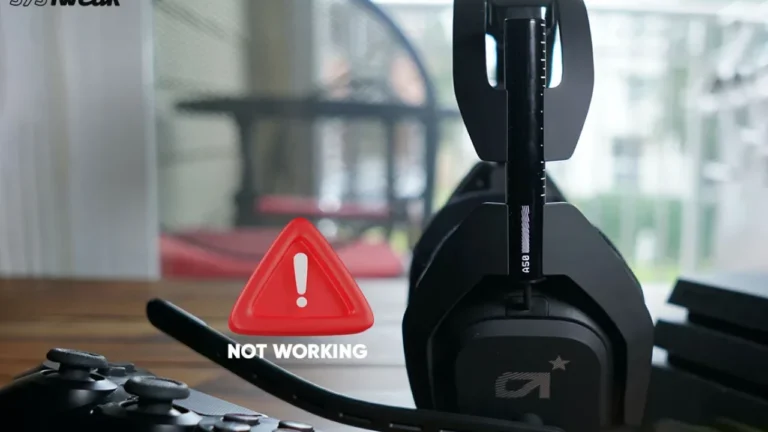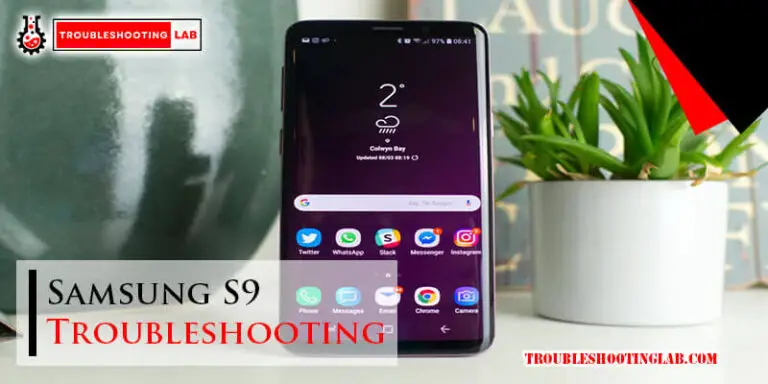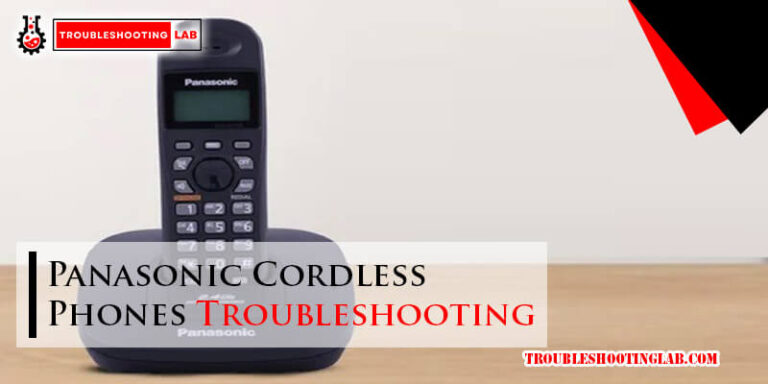Bose 900 Soundbar Troubleshooting No Sound: Quick Fixes & Tips
Experiencing no sound from your Bose 900 Soundbar? This can be frustrating, especially when you want to enjoy quality audio.
Sound issues can disrupt your listening experience, but troubleshooting can help. The Bose 900 Soundbar is known for its top-notch sound quality. Yet, like any electronic device, it may face occasional problems. Understanding common sound issues and their fixes can save you time and stress.
This guide will walk you through practical steps to diagnose and solve the no-sound problem. Whether it’s a connection issue or a simple setting tweak, we’ll cover all possible solutions. Let’s get started on resolving your soundbar issues and getting back to enjoying your audio.
Common Causes Of No Sound
If your Bose 900 soundbar is not producing any sound, you might feel frustrated. Several common issues can cause this problem. Let’s explore these issues so you can quickly get back to enjoying your audio experience.
Power Issues
First, ensure the soundbar is properly plugged into a power source. Check if the power outlet is working. You can test this by plugging in another device. Also, verify that the soundbar’s power cord is securely connected. Sometimes, a loose connection can cause power issues. If the soundbar has a power button, press it to turn it on. Look for any indicator lights that show the device is powered.
Connection Problems
Next, examine the connections between the soundbar and your TV or other devices. Make sure the cables are firmly plugged in. Check if you are using the correct input source on your soundbar. This could be HDMI, optical, or Bluetooth. If using Bluetooth, ensure the soundbar is paired with your device. Sometimes, resetting the connection can help. Disconnect and reconnect the cables, or unpair and re-pair your Bluetooth device.
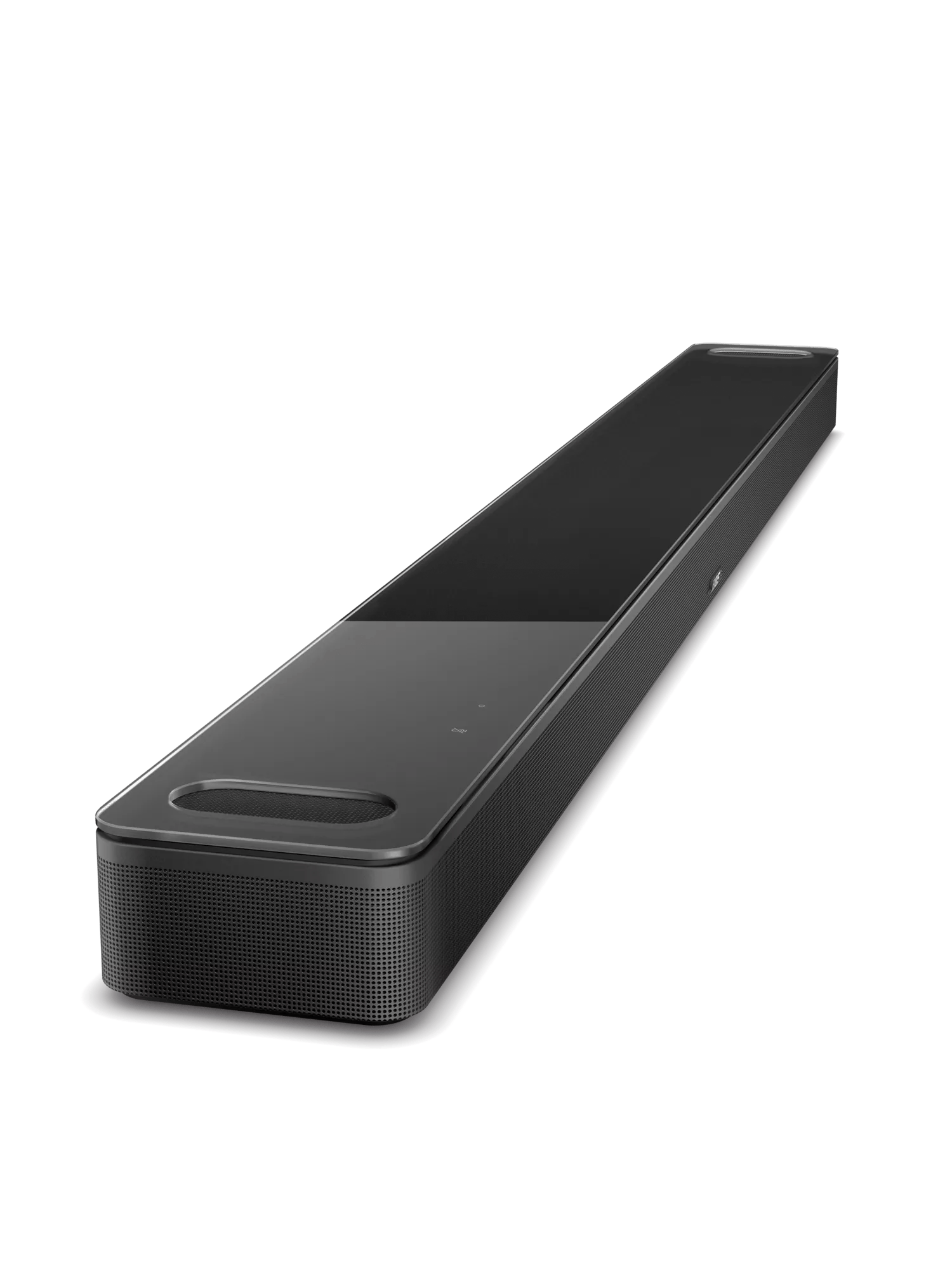
Credit: support.bose.com
Checking Power Supply
Experiencing no sound from your Bose 900 Soundbar can be frustrating. The first step in troubleshooting is checking the power supply. Ensuring the soundbar receives power is essential for proper functioning. Follow the steps below to inspect the power cable and outlet functionality.
Power Cable Inspection
Begin by inspecting the power cable. Ensure it is securely connected to both the soundbar and the power source. Look for any visible damage on the cable. A damaged cable might need replacement.
Check for any bends or twists. These can cause internal wire breaks. If the cable appears damaged, try using a different one. A new cable can resolve power issues.
Outlet Functionality
Next, check the power outlet. Test the outlet by plugging in another device. Ensure the outlet is providing power.
If the outlet isn’t working, try another one nearby. Sometimes, outlets can have internal faults. Reset the circuit breaker if needed.
After verifying the outlet, reconnect the soundbar. Ensure everything is plugged in securely. The soundbar should now power on if the outlet is functional.
Verifying Connections
Having trouble with no sound from your Bose 900 Soundbar? Start by verifying all connections. Ensuring proper connections is crucial for optimal performance. Follow these steps to check your HDMI and optical cables.
Hdmi Cable Check
First, ensure the HDMI cable is securely connected. Inspect both ends of the cable. One end should be connected to the soundbar. The other end should be connected to your TV’s HDMI ARC port.
Confirm the HDMI port on your TV is labeled “ARC” or “eARC”. If not, the soundbar won’t receive the audio signal. You may need to switch ports.
Use a high-quality HDMI cable. A faulty or low-quality cable can cause sound issues. Replace the cable if necessary. You can also test the cable with another device.
Optical Cable Inspection
If you’re using an optical cable, ensure it’s firmly connected. One end should be in the soundbar’s optical input. The other end should be in the TV’s optical output.
Check the cable for damages. Look for bends, frays, or breaks. A damaged cable can disrupt the audio signal. Replace it if any damage is visible.
Ensure the optical cable is free of dust and debris. Clean the cable ends with a soft cloth. This helps maintain a strong connection.
If the connections are verified and the issue persists, consider consulting the user manual or contacting Bose support.
Audio Source Settings
Experiencing no sound from your Bose 900 Soundbar can be frustrating. Often, the issue lies in the audio source settings. Adjusting these settings can restore your sound. Let’s explore the key settings you need to check.
Tv Audio Settings
Ensure your TV audio settings are correct. Go to your TV’s audio menu. Select the audio output to the soundbar. Some TVs default to internal speakers. Change this to external or HDMI ARC. This directs sound to the Bose 900.
Check the volume level on your TV. It should not be set to zero. Also, disable TV speakers. Enabling both can cause conflicts. These simple steps can help solve the issue.
Streaming Device Settings
Adjust your streaming device’s audio settings. Go to the audio menu of the device. Ensure the audio output is set to the soundbar. Different devices have different options. Look for settings like HDMI, optical, or Bluetooth.
Check the volume on your streaming device. It should be turned up. Ensure the device is not muted. Many devices have a mute button. Verify that it is not activated. These checks often resolve no sound issues.
Soundbar Settings
Experiencing no sound from your Bose 900 Soundbar? The issue could be within the soundbar settings. Adjusting these settings can help restore sound. This section will guide you through two key settings: volume levels and mute status.
Volume Levels
First, check the volume levels. Ensure the soundbar volume is not too low. You can use the remote control to increase the volume.
If the volume is already high, there might be an issue with the connection. Use the remote to cycle through different audio inputs. Ensure your device is connected correctly.
Mute Status
Next, verify the mute status. Sometimes, the mute button is pressed by mistake. Look at the soundbar’s display to see if it indicates mute.
Use the remote control to unmute the soundbar. This simple step often resolves the no sound issue.

Credit: m.facebook.com
Software Updates
Experiencing no sound from your Bose 900 Soundbar can be frustrating. One common cause might be outdated software. Regular software updates ensure the soundbar operates smoothly and has the latest features. Let’s explore how to check and update your soundbar’s software.
Firmware Check
First, verify if your Bose 900 Soundbar has the latest firmware. Follow these steps:
- Open the Bose Music app on your smartphone or tablet.
- Select your Bose 900 Soundbar from the device list.
- Tap on the settings icon (gear symbol) in the upper right corner.
- Scroll down and select “Technical Info.”
- Check the firmware version listed under “Firmware.”
Compare this version with the latest firmware available on the Bose website. If they match, your firmware is up to date. If not, proceed to update the software.
Updating Soundbar Software
Updating the software on your Bose 900 Soundbar is simple. Follow these steps:
- Ensure your soundbar is connected to Wi-Fi.
- Open the Bose Music app on your device.
- Tap on your Bose 900 Soundbar in the device list.
- Go to the settings menu by tapping the gear icon.
- Select “Software Update” from the list.
- If an update is available, follow the on-screen instructions to download and install it.
Once the update completes, restart your soundbar to ensure the changes take effect. This can resolve many sound issues.
Remember, keeping your soundbar’s software updated is crucial for optimal performance. Regularly check for updates to enjoy the best audio experience.
Resetting The Soundbar
Experiencing no sound from your Bose 900 Soundbar can be frustrating. Sometimes, the issue can be resolved by resetting the soundbar. Resetting the soundbar can clear minor glitches and restore sound functionality. Below are the steps for performing a soft reset and a factory reset.
Soft Reset Steps
A soft reset is the quickest way to fix minor issues. Follow these steps:
- Turn off the soundbar using the remote control.
- Unplug the power cord from the wall outlet.
- Wait for 30 seconds.
- Plug the power cord back into the wall outlet.
- Turn on the soundbar using the remote control.
This simple procedure often resolves sound issues without losing any settings.
Factory Reset Instructions
If the soft reset does not work, a factory reset might be necessary. A factory reset will erase all settings and restore the soundbar to its original state. Follow these steps:
- Turn on the soundbar.
- On the remote, press and hold the Power and Skip Forward buttons simultaneously for 5 seconds.
- Release the buttons when the light bar on the soundbar flashes white.
- Wait for the soundbar to restart.
After the factory reset, you will need to set up the soundbar again. This includes reconnecting to Wi-Fi and re-pairing any Bluetooth devices.
Regularly resetting your Bose 900 Soundbar can help maintain its performance and fix common sound issues. If problems persist, it may be time to consult Bose customer support for further assistance.
When To Seek Professional Help
Sometimes, troubleshooting on your own doesn’t solve the problem. It may be time to seek professional help. Understanding when to seek professional help can save you time and frustration. This section will guide you on when it’s best to contact the experts.
Persistent Issues
If your Bose 900 Soundbar consistently has no sound, you might face a persistent issue. Trying basic fixes like checking cables and settings might not work. Look out for these signs:
- No sound even after resetting the soundbar
- Sound cuts in and out repeatedly
- Other devices work, but the soundbar doesn’t
Persistent issues may indicate a deeper problem. Internal components might be faulty or damaged. It’s best to seek professional help when these signs appear.
Contacting Bose Support
If you decide to contact Bose Support, follow these steps:
- Visit the Bose Support Website
- Select your product: Bose 900 Soundbar
- Choose the issue category: No Sound
- Follow the on-screen instructions to contact support
It’s essential to provide detailed information:
| Details | Examples |
|---|---|
| Describe the issue | No sound, tried all troubleshooting steps |
| Model and serial number | Located on the soundbar |
| Purchase date | From your receipt |
Providing these details helps the support team assist you better. They might offer a solution or recommend sending the soundbar for repair. Taking these steps ensures that your issue gets resolved efficiently.

Credit: www.youtube.com
Frequently Asked Questions
Why Is My Bose 900 Soundbar Not Producing Sound?
Check if the soundbar is turned on and connected properly. Ensure volume is up.
How Do I Reset My Bose 900 Soundbar?
Press and hold the power button for 10 seconds. The soundbar will reset.
Why Is There No Sound From My Bose 900 Soundbar After Update?
Sometimes, updates can cause issues. Try rebooting the soundbar and check connections.
How Can I Fix Sound Issues On My Bose 900 Soundbar?
Verify all cables are secure. Try a different audio source. Reset the soundbar.
Does A Factory Reset Fix The Sound Problem On Bose 900?
Yes, a factory reset often fixes sound issues. Follow manual instructions to reset.
Conclusion
Troubleshooting your Bose 900 Soundbar for no sound can be simple. Start with basic checks. Ensure cables are connected properly. Verify your sound settings. Update the firmware if needed. Restart your soundbar. These steps often solve common issues. If problems persist, contact Bose support.
They can provide further assistance. Enjoy your soundbar’s high-quality audio once fixed. Happy listening!

